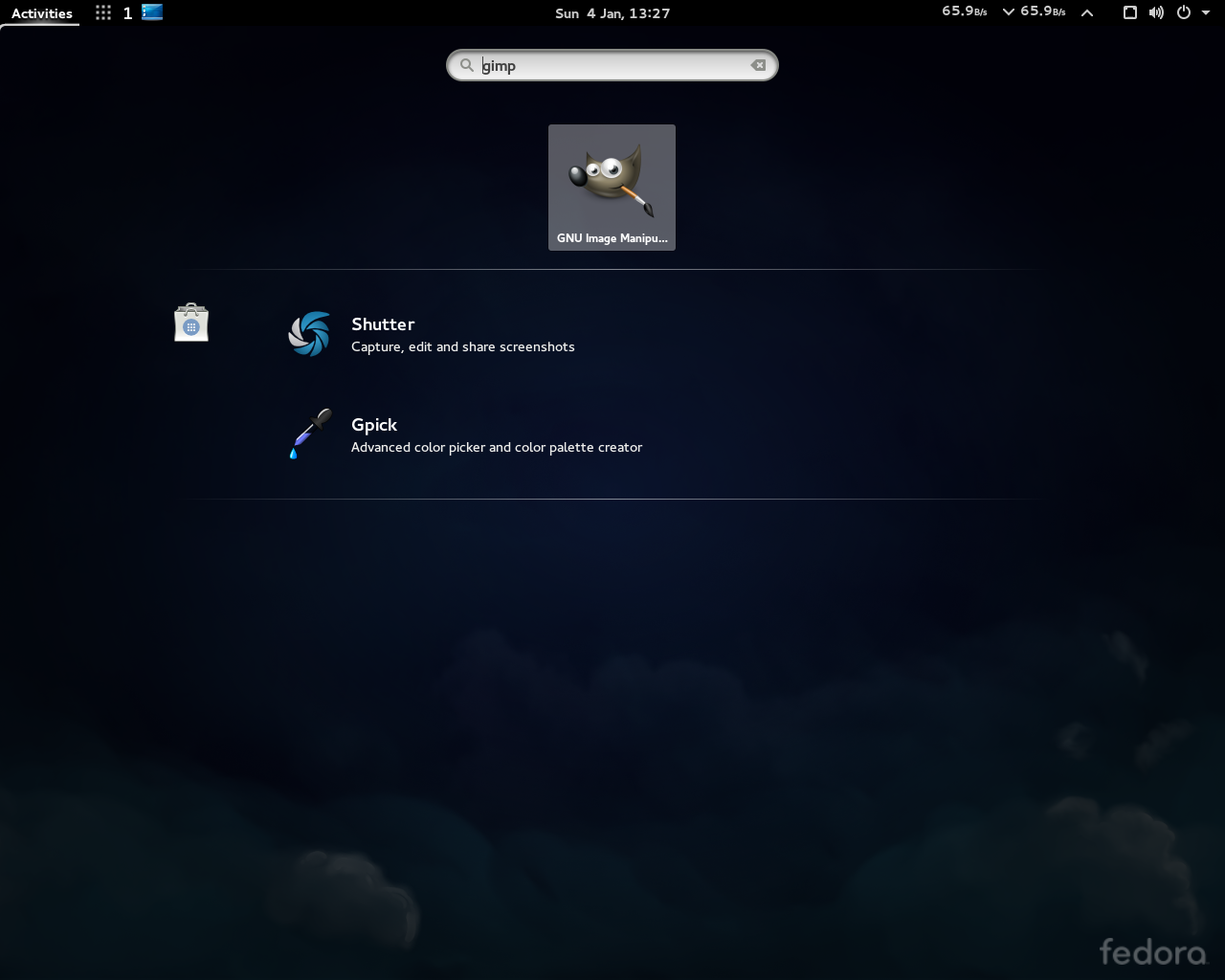A few weeks ago it came out that the Mac had a real trojan horse in the wild. (Here’s my archive.)
As I understand it, it was the result of a simple vulnerability, by happenstance a major beef I have with Ubuntu as well: some source — a website, a piece of software you install however you do it, or whatever, introduces a simple pop-up that says “Your machine has been compromised! Click here to remove it!” The dutiful lamb, er user, clicks “Ok”, then — and here’s the clincher — the downloaded “cleaning” software, which is actually the trojan horse, needs administrator access to install (or “root” access in unix parlance, the base of the Mac, and effectively the same thing with any linux distro), and the user obliges with their password. They do this of course understanding that it’s important to keep their machine safe from malware, and that when they’re doing certain things, they have to enter their password. “Trust me, I’m reputable computer software trying to protect you, I know what I’m doing. Professionals programmed me.” Then of course they get the user to hand out money for “licences” to keep their computer “protected” — as in, they get the “licence” money, and they send a command to the trojan to lie dormant and not do any harm to the system. (In some commercial districts, especially with small Mom & Pop style shops, it’s called “Protection” money; the cops call it “Extortion”.)
For the non-technically inclined, this works through a simple process:
– Under any Mac / unix / linux system, there is one all-powerful account called root.
– Switching to root to install software is occasionally a pain, so Macs (and Ubuntu) rely heavily on a command that is so heavily integrated into the system that it lets certain users transparently, when called upon, install any kind of software, good or bad, by simply entering their own password, on the presumption that this select group, which are listed in a special group, are trusted with system administration.
Here’s a bit more on root:
– This account literally is, within the limits of what that instance of the OS can do on the installed piece of hardware, the top god. For the purpose of this conversation, it’s Zeus, the chief god who is the most powerful god in Greek mythology, above all other gods.
– In such a system, the normal user — including the principal user of a computer with only 1 to 5 users (the typical home computer) — usually isn’t even a lesser god. They’re mere mortals, with limitations and unable to affect much beyond their own account.
– On the other hand, the root user, noticing that user X is consuming too many resources, can decide to put further limits on that user, or any other, but not vice-versa per se nor one mere mortal upon another. I have such a principal “mere mortal” account on all my computers, and I of course know the root passwords, so I can become root on those computers and do whatever I like on them; usual practice, of course, dictates that one temporarily logs into root to do whatever is necessary as root, then to log out back into the “mere mortal” account to do day-to-day stuff. Such as write this piece.
– One command in Mac / unix / linux is the “sudo” command. This allows defined “mere-mortal” users to elevate their privileges to that of the root user on a generally one-time and contextual basis which ceases when the task is complete, and which has to be re-invoked any time that they want or need to use said root privileges again. This overall makes them lesser gods: While they indeed do have Zeus’ powers, these powers are limited to the task at hand and only the moment at hand, and allows people to maintain their systems while avoiding carelessly doing damage, all in a convenient package. Therefore, the user can do necessary changes, adjustments, updates, and the like, but, since they are doing it as themselves with the necessary privileges only when the situation calls for it, they usually, under normal, routine circumstances — acting in the capacity of a mere-mortal — avoid doing system-wide damage, because, well, they aren’t root. Normally a simple command line command would either only affect their own account, but no one else’s, or, depending on the command, the system would (or should) say “you need to be root to do that”. The problem I see here is that on a Mac / Ubuntu / other similar system, as I explain below, sudo is so tightly integrated into the system that it’s normally presumed that since the user in question is typing in the command, they actually are fully aware of what the command does, and that they really want to do it, so the system automatically asks for their password, invoking Zeus’ — root’s — powers. (BTW, this is why it’s also dangerous to do day to day stuff as root — the system presumes that root knows what they’re doing. Hence why, as mentioned above, you only log into root to do rooty stuff, then you log out again to do day to day routine stuff.)
– Further, there is a certain security element to it: the system logs who invoked the privileges in this fashion, so that Zeus, er, root, can check up on his underlings. Incidentally, anyone on the system can be in a list of people with “sudo-er” privileges, and how they get it, when they get it, why they get it, for what purpose(s), and just about any other condition, can be set by root.
– Mac OSX, Ubuntu and its derivatives, and other similar systems, depend on sudo; in fact, the root user on both systems are disabled by default, and sudo is heavily integrated into the system: The principal user by default is the defacto root user, since their password is all that’s needed to do rooty things when such things are required — unless a savvy admin principal user makes another user a sudoer, which can be done quite easily, as explained above. To be fair, on any unix / linux system you can extremely limit access to the root user, and set it up such that the only way to use root privileges is by sudo; it’s just an active choice made by Ubuntu and MacOSX. Don’t despair, on an Ubuntu system, it is also trivially easy to reenable the root user, and remove the principal user’s (and other users’) sudo privileges; I have no clue regarding Mac OSX but I imagine that it can be done. And, no doubt, break your warranty and support privileges at the same time.
So, back to the subject at hand:
What happened with this trojan horse is that the wolf (the trojan’s programmer(s)), knowing that Little Red Riding Hood (the users) have been trained to protect their system from attacks and keep them updated and to trust the computer when it says “you’ve been attacked”, dressed up as Grandma and said, “Trust me. I’m trying to protect you.” Said LRRH users obliged. And, as I mentioned earlier, those who control the trojans get the “licence” money, send a command to the trojan to lie dormant, and as long as the money keeps on coming, no harm comes to the system. (In some commercial districts, especially with small Mom & Pop style shops, it’s called “Protection” money; the cops call it “Extortion”.)
Can you blame the users?
For the purpose of this piece, I am forced to say “No.” At least to the extent that the culture that the systems that they are using is blinding them. (Even under linux you’re expected to keep your system up to date to avoid such difficulties.) “Oooh, we’re easier to use. Oooh, we’re pretty. Oooh, you want to use your computer, not maintain its innards, just like you don’t need to be a mechanic to drive your car or ride your bicycle.”
Of course it’s a two way street: The fact is, computers these days are complicated, because the things we ask them to do are complicated. Which means that, when it comes to computers at least, a quote by Admiral James T. Kirk, to the young and inexperienced Lieutenant Saavik, after taking control of the bad guy’s ship by essentially using the ship’s root password (the ship’s “prefix number”), taking down defences, and causing critical damage, comes to mind: “You have to learn why things work on a starship.”
sudo is not evil, much as I might think or want you to believe it is. However, as I’ve said earlier, it likely could be — and here’s the proof of concept — the downfall of any system that depends on it. The main reasons it isn’t evil is that next year, someone will find another weakness to exploit, and it is quite convenient to use. Maybe in a fashion directly in line with my “holier than thou” approach to commoners’ computing (r).
And in other corners …
This trojan resulted in the proposition — so I’ve heard, so this is pure speculation at this point — that the App Store concept could be applied real hard, to the Mac. As it is, the App Store already exists for the Mac; I actually think that the App Store for the Mac is a good idea: It’s a repository of trusted software that will work — and knowing Apple, spectacularly well — on the Mac, instead of downloading it willy-nilly from anywhere on the internet. However, the idea here is that it would be to the exclusion of all other sources. And here I thought that Apple was pioneering in the Mac world the repository system, hopefully to be followed by others, just like in linux.
The upside:
– You can get all your software from one place, and it would be (presumably) safe.
– Apple would digitally sign each piece in a couple of ways such that you could only get usable, safe software from there.
– Presumably, Apple will run all software through thorough testing so that the chances of it being infected with a virus or it being or rendering your computer vulnerable to compromise would be remarkably low. (When was the last time you heard of an iPod Touch / iPhone / iPad virus or trojan?)
The downside:
– You won’t even be able to compile your own software to run on your own machine (oh sure, I imagine in a virtual testing platform at least conceptually similar to the platform used develop iPod Touch and iPad apps).
– Like with the iPod Touch, I imagine that you’ll never know whether you’ll ever be able to run your software — of which I imagine many apps will be important to a good number of developers, if only internally, and not just be yet another tip calculator or yet another Tetris reimplementation — until it shows up in the App Store. Apple isn’t stupid, though; I’m sure that with the current App Store money talks many languages, and that many commercially-backed apps get through a little more easily and assuredly when the developers pay a fee guaranteeing its appearance in the App Store, or a higher-than-average commission per download/sale.
– Of course, you will have to fork over the source code to Apple. And, only Apple will ever truly have full access to the source code of the final product, so you won’t know whether they’ll modified it (admittedly, sometimes no doubt for the better), how they’ve modified it, whether they’ve introduced bugs or vulnerabilities, or back doors. So far, nothing different from the way the App Store for the iPod Touch or the iPad work.
But here’s what really gets to me:
So you want to develop some internal software that will give you a competitive edge over your competitors? Say, a different, possibly revolutionary analysis scheme for the metrics in your industry? And, you use Macs because you consider them to be either superior to other platforms, or their use otherwise adds some inherent value to your operations?
I see a money stream for Apple here. No, a cash cow. “OK, you *must* submit the source code to us. We’ll compile and digitally sign it, and make sure it works properly on your machines. We’ll review the code, identify and remove bugs, and even suggest better code and functionality. And only your operation’s computers can install the software; we’ll password protect access to the software. For a fee, of course. Oh, you don’t trust us? OK, here’s a Mac server that you can have in your server room. You’ll get a control panel. Of course, the server will ultimately still be controlled by us only, the code will still have to be reviewed by our engineering team, and your “submit” button will merely inform our team to start looking at things, and we’ll still control what goes into the final, compiled code, including back doors and all sorts of unknown blobs. Possibly some critical functions of the “revolutionary analysis scheme” being disabled, removed, or massively modified, or replaced with inferior substitutions. For a massive fee, of course.
Sort of adds an ironic twist to the notion of “proprietary software”, doesn’t it?
Seems to me that the only thing that will keep Apple clean on this one is that it’s actually in Apple’s interest to be a clean and legitimate player. Apple has successfully built a business based not on being the biggest, the greatest, the cheapest or having quite the latest or greatest technology (sometimes things are slightly a step behind). Or even making the biggest profits. They’ve built a business on delivering a clearly superior user-experience and tightly integrating the software and technology; for instance, there’s actually something to the iPad’s function of closing instances of web browsers above a certain number, since allowing too many instances to remain open (sometimes as Orphan Annies or Captain Dunsels) they may not be performing any useful function to the user, yet would be consuming system resources such as memory, processor time, or battery power that could deprive other processes of necessary resources, and ultimately diminish the user experience. This idea has merit; every once in a while I have to make a point of closing down some windows simply because there are too many open and they’re slowing down my system.
Of course, such a value-added division — that of reviewing software over a diverse cross-section of industries and making them work really well on a given platform — would mean that they would develop lots of expertise. And, it would naturally make Apple quite the intellectual powerhouse. Imagine, Apple Medical Consulting Services. Apple Financial Expertise. Apple Engineering Software. Apple Human Resources Management. They actually would accumulate this expertise.
But what if the software that, in keeping with their business practices and policies, is necessarily in their care proves to be less then optimal, not because of the submitted source code, but because of Apple’s actions? Of course these are concerns that any company worries about every day; the issue here is the monopoly that they would be creating.
Now let’s not blow things out of proportion: Macs are remarkably secure. So is Ubuntu, and by and large any typical linux distro, certainly any of the mainstream distros and any other that is “properly” designed and maintained (I bet that you could take a dot-com era distro and actively administer it, and it will be relatively secure.)
But it seems that Apple has brought and will be bringing the repository model, which flourishes under linux, to a logical extreme, and will generally make billions more than Red Hat ever will or even could. And, will no doubt exploit the model for even more billions. But at what cost?
What — jumping the fence for a moment here — do only evil, maniacal control freaks have a monopoly on knowing know how to build safe, high-quality software?
Or maybe, just maybe, is it a matter of what makes the likes of Apple, MS, and Red Hat so successful the fact that they are able to command the sales revenues required to attract highly talented teams of programmers and other experts?
And — now coming back to the other side of the fence — what about the added value that volunteer programmer and other volunteer contributors bring to their software?
Realize that in a linux distro, the distributor leverages open-source software — with varying amounts of both paid-professional and volunteer (both otherwise professional) contributor content — to make their distro. The underlying OS part of OSX is based on Darwin, which is a direct derivative of FreeBSD, which again has varying amounts of both paid-professional and volunteer (both otherwise professional) contributor content. And even MS has a certain amount of BSD-derived code in it, for things such as the networking code, and probably elsewhere.
So, all this makes me wonder a bunch of things:
On trojans, malware, spyware, viruses, and social engineering:
I hate ’em all. I hate that there is an industry out there whose basis for legitimacy lies somewhere between software that is not optimal because it’s real brick-a-brack, and users who don’t use a bit of common sense. There will always be people trying to get the better of you; it’s that people fall for the charms of charlatans, who have little defence against common sense, that bugs me, be it the trojan authors or the software writers who figure that people won’t know better regarding what they buy.
On sudo:
Well, the problem there really lies somewhere between the keyboard and the chair; using sudo has its advantages and disadvantages, just like logging straight into root does. That tightly integrating sudo can arguably aggravate things by hiding things and make them “easier” for the user doesn’t change the fact that if an user just always logs in as root, they can do whatever they want, including wiping the whole directory tree. People have to understand *why* the computer works and does what it does, and why it is asking for a password, whether it’s their own (for sudo) or it’s the root password.
On repositories and safer, better software:
How is the repository system going to benefit the Mac? Organized and even better quality software (presumably). It’s about time that Apple used the repository system. It’s about time that Windows adopted it too. It’s about time that a few people set up repositories, possibly competing, for Windows; imagine the lineups for software of all kinds found in a single location that has been reviewed, works, is relatively safe and relatively virus free? You could use the iPod App Store model with prices ranging for $0.00 to $1,000,000.00 or more, or a NetFlix approach of a flat fee per month for unlimited access, or advertiser sponsorship, or some other revenue stream you dream up, or any combination of the above.
On monopolization and evil software empires:
Is Apple really all that evil? They don’t have *that* much of the desktop market share. Plenty more people buy MS — in the consumer market, either you buy a Mac, or you buy a computer, that has MS by default. A few of us, up to roughly comparable in numbers to the Mac crowd, depending on who you believe, use another OS sporting penguin stickers.
So I’m just having a knee-jerk reaction to the idea that Apple will probably become a monopoly over a really large cross-section of the economy.




